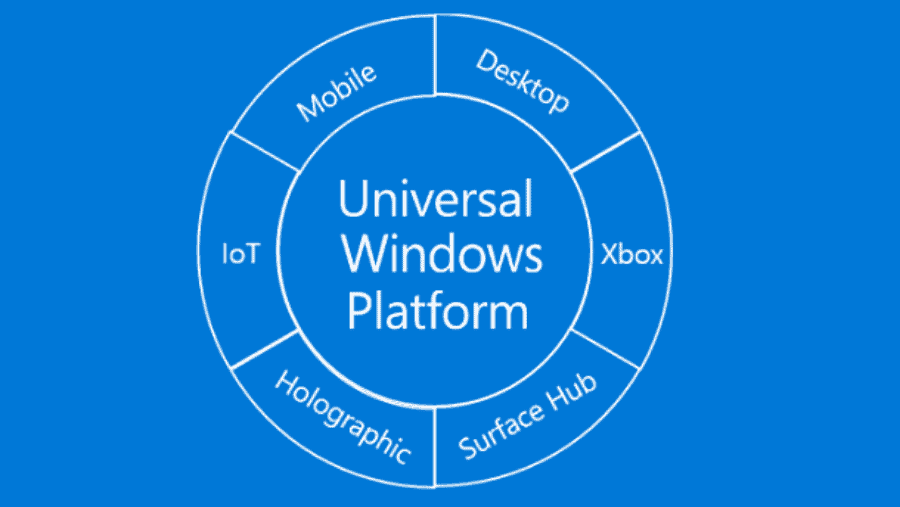Microsoft reports that applications published in the Microsoft Store (UWP from the Universal Windows Platform) are the safest solution as they are protected against any malicious software targeting Win32 software.
One of the reasons why UWP apps are recommended is that they run in a sandbox, which means that it is theoretically impossible for malware to reach data because the sandbox blocks access to the rest of the files.
From technique point of view now, Microsoft allows UWP apps running in a sandbox to access the rest of the files stored on the hard drive with the broadFileSystemAccess API.
This is required by some UWP applications that need to store files on system drives, and load documents or other functions with data on the computer. However, the API displays a warning whenever applications require access to files. So users can block applications that they believe may contain malware.
But let's see what the problem is. This warning can be blocked and does not appear, such as he revealed Windows Sebastien Lachance developer. In an error analysis, the developer explains that the warning could be bypassed by hackers, which allows them to access the data on your computer without you knowing it.
Microsoft has acknowledged the bug and apparently fixed it in Windows 10 October 2018 Update (version 1809) which does not work.
So, although there is a solution ready, no one can use it for the time being, until the company officially releases (again) Windows 10 October 2018 Update.
_________________________
- Mylobot: The malware you would not want to pass on to your computer
- What you will encounter in Windows 10 October 2018 Update installation
- The cumulative KB4464330 update of Windows 10 1809 version causes a blue screen
- Windows 10 October 2018 Update as we say Vista
- Windows 10 October 2018 disables Windows!





